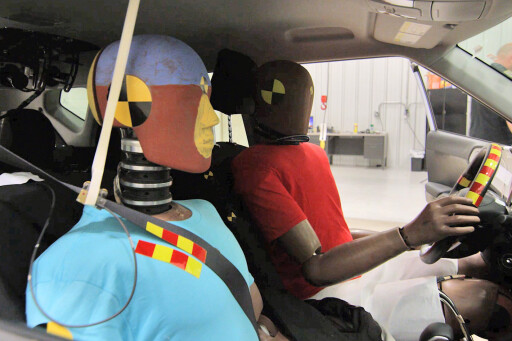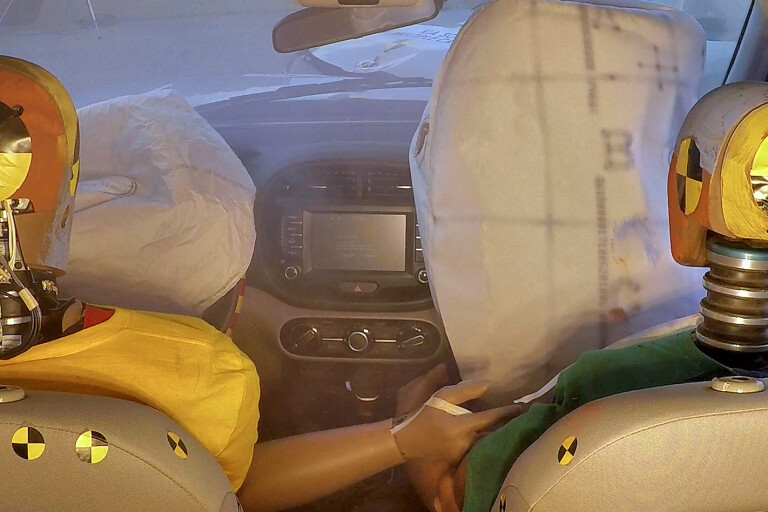
THERE has always been a bit of a problem with airbags.
While they work well during their initial inflation phase, if your crash lasts any longer than around half a second, their utility is pretty much nil.
They just become floppy net curtains that ensure you can no longer see out of the vehicle that may well still be moving at speed.

Hyundai has recently developed an airbag system that is designed to improve performance in the 30 percent of all vehicle accidents classified as multi collision incidents.
These accidents occur when the primary impact is followed by a secondary impact with trees, road furniture or other vehicles. And it’s in this secondary impact that occupants of the car are often most vulnerable as they’re not in an ideally prescribed position.
They could be slumped, thrown sideways or forced into other unusual positions that aren’t always catered for by a standard airbag.

Most modern airbags feature multi-stage inflators already, but the calibration of these systems is usually measured by an accelerometer, the vehicle in effect deciding how big an impact you’re having and deploying the airbags appropriately. Using a suite of sensors inside the vehicle, Hyundai’s system deploys the bags in a far smarter fashion, not using all the available inflation charge straight away and taking into account the body position of the occupants.
“By improving airbag performance in multi-collision scenarios, we expect to significantly improve the safety of our drivers and passengers,” said Taesoo Chi, head of Chassis Technology Centre at Hyundai Motor Group.
“We will continue our research on more diverse crash situations as part of our commitment to producing even safer vehicles that protect occupants and prevent injuries.”
Hyundai has given no date as yet on when we will see this tech productionised.



COMMENTS